Virtual monitoring supported a successful orthodontic outcome
NewsPosted by: Dental Design 12th June 2021
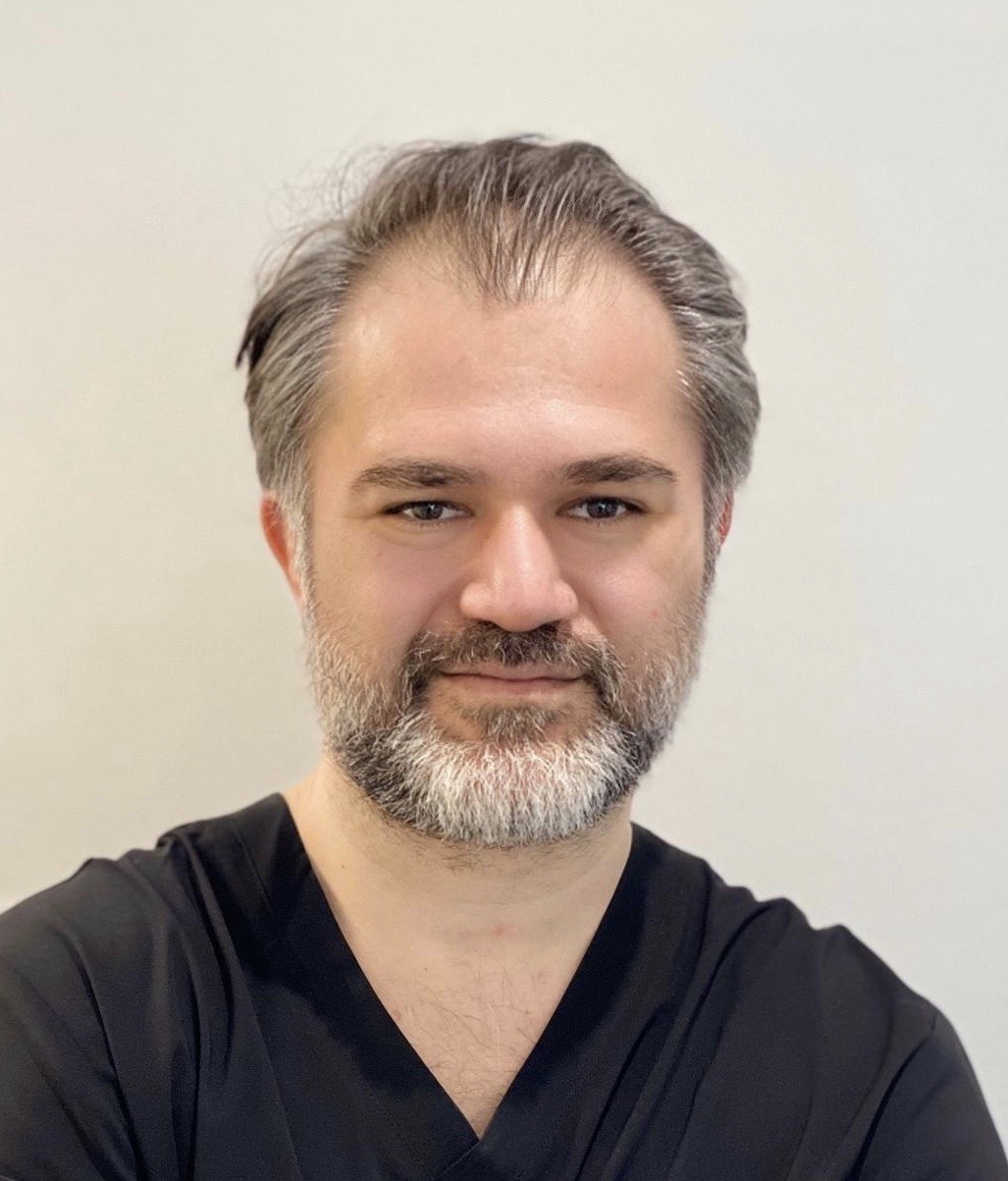
A male patient visited us after being referred by another patient. He was unsatisfied with the crowding of his lower teeth; he couldn’t clean them properly and there was staining. He had not previously had orthodontics as a child.
I checked the teeth and suggested both upper and lower arch alignment for a better result. Various treatment options were discussed, though the patient preferred clear aligners as he’d known people who’d had these.
To see if it was possible, pre-treatment images and measurements were taken, and a comprehensive orthodontic assessment conducted.
Orthodontic assessment
The hour-long assessment revealed:
- Severe crowding in the lower arch and moderate crowding in the upper arch
- The midline was shifted to the right
- Posterior molars were Class I, but very crowded anteriorly
- Upper jaw: the buccal corridor was narrow, so I would need to open this up to achieve a better smile.
Intraoral scans were taken with the TriosÒ 3Shape scanner along with clinical photographs. These were uploaded to the 3Shape Trios Treatment Simulator to create a preliminary treatment simulation, which was shown to the patient to better visualise the possible end results.
The intraoral assessment and X-ray indicated calculus build-up and so oral hygiene needed some improvement prior to orthodontics. Appointments with the dental hygienist were booked. His dentition was otherwise fine.
Planning
The ClearCorrectÒ Doctor portal was then utilised to send data to the dental technician for creation of the digital treatment set-up. The plan came back two weeks’ later, and I was able to share this with the patient and explain each stage. I showed him the updated smile simulation and models and discussed the need potential need for composite work later on to treat the tooth surface loss (TSL) that had resulted from poor occlusion. This would improve the teeth aesthetically. The estimated treatment time was 9-12 months, which the patient was happy with.
Due to the complexity of the case and length of treatment, we chose the Unlimited ClearCorrectÒ treatment option, ensuring he was covered for any aligners and retainers needed within 5 years. Interproximal reduction (IPR) and the use of engagers was explained, and with everyone happy, the aligners were ordered.
Treatment provision
The patient practised fitting his ClearCorrect® aligners in the surgery, following my instructions. I showed him how to clean them effectively and gave him the booklet that is supplied with the aligners, as well as chewies to improve the fit and relieve any temporary tension or discomfort that can come with a new set. There was a little initial pressure, as expected, but no issues. I provided the patient with the first two sets and booked a review for four weeks.
The patient returned so I could place the engagers. I used the ClearCorrect® engager templates to place and matched the engager shades to the natural teeth for greater discretion. I then carried out IPR with a handpiece. We use the Dental Monitoring virtual assessment and treatment monitoring technology from the Straumann Group, which integrates seamlessly with ClearCorrect®. I gave him the scanbox, cheek retractors and showed him how to send photographs through the app. I ensured he was comfortable online, activated the scanning and asked images to be uploaded weekly. As the patient had to travel quite a lot, this worked brilliantly for him, also because monitoring is every week instead of every two, you can catch problems early.
Virtual treatment monitoring made it so easy to communicate with the patient; any questions he sent me, I could respond to quickly – as this was during the first national lockdown, the convenience was even more appreciated! Occasionally, he had to visit the practice for IPR, but otherwise the remote monitoring worked very well.
Completion
Treatment took 12 months. There was slightly slower tooth movement than initially expected, but we were aiming to achieve a lot, also rotational movements can be more difficult sometimes.
We used finishing aligners for final movements, all included within the ClearCorrectÒ unlimited treatment option. Post alignment, whitening was performed with the Opalescence system. This required the patient to use home whitening trays, every night, for two weeks. I also created removable retainers for both the upper and lower arch, and fixed a lower bonded retainer.
We had previously discussed composite bonding to lengthen the upper teeth. We do Digital Smile Design at our practice, so I created a digital plan, printed the model then tried it in the mouth. Composite was then was placed on the six upper teeth, one week after whitening was completed to allow the colour to settle.
The patient attended a further review for a final polish, and for the retainers to be supplied.
Conclusion
Because of the pandemic, there were a few delays, but the patient was very understanding. I would also have preferred a fixed upper arch retainer, but there was no space. Overall, this treatment was a big change for the patient and he was very pleased with results. His teeth are aligned, and he can clean them better. The wider upper arch made him particularly happy and he has since referred two new patients to us.
I think every general dental practitioner should be offering this sort of treatment – it is part of the “complete package” when you look at the patient holistically. As clinicians, we have to prevent things from happening – severe crowding, tooth wear, poor function etc. The patient might focus on aesthetics, but we consider what might occur in 5 years’ time if the teeth are left alone. Orthodontics offers a very useful minimally invasive solution. Courses are widely available, and I highly recommend that all GDPs consider taking one. Patients appreciate this kind of treatment too as it is long way from “drill and fill”.
I have been offering clear aligners for 14 years and using ClearCorrect® for the past two. ClearCorrect® enables me to achieve a lot more compared to the other aligner systems I have used. It is good value, simple and smooth, especially with integrated technologies like Dental Monitoring to enable better workflows.
Images
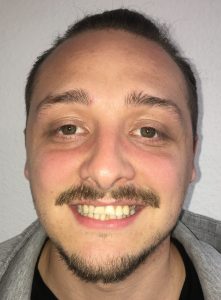
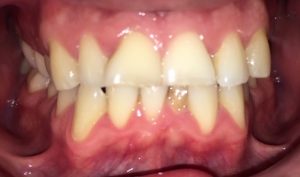
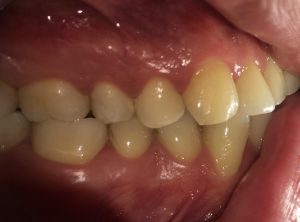
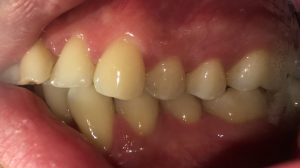
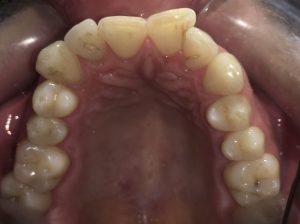
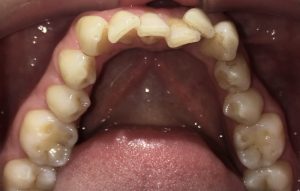

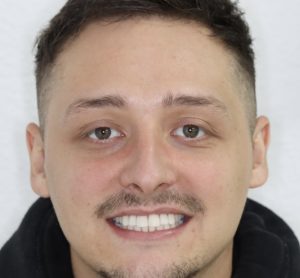
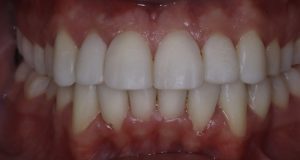


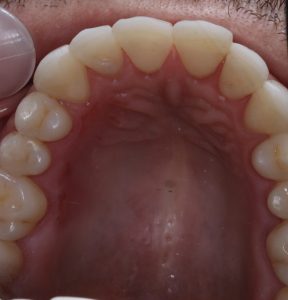
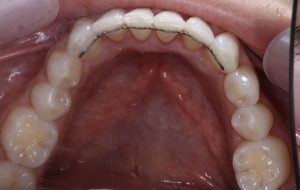
For details about ClearCorrect®, please visit https://www.straumann.com/clearcorrect/en/home.html
Author:
Dr Amir Tarki is principal dentist/clinical director at Smilemaker Dental Centre in Orpington, Kent, with a special interest in invisible braces, veneers, occlusion rehabilitation and smile makeovers.









